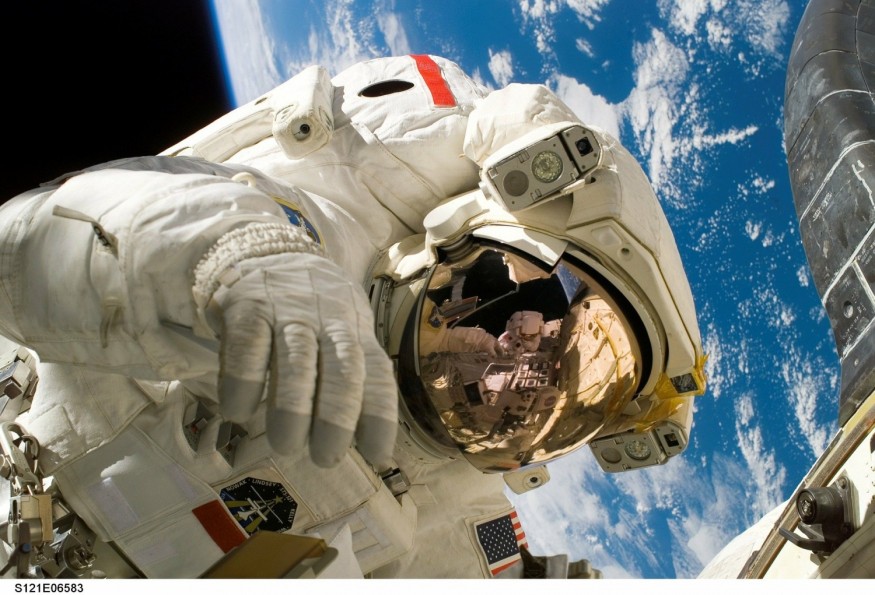
SpaceX triumphantly released 60 Starlink satellites into space with the help of Falcon 9 rocket Monday morning.
The spacecraft successfully deployed from Falcon 9 almost an hour after leaving the ground at an elevation of 174 miles above Earth. SpaceX shared the mission in a live video Monday, where spectators worldwide could easily tune in and watch.
Watch live as Falcon 9 launches 60 Starlink satellites to space https://t.co/zuGjcEjNaY — SpaceX (@SpaceX) November 11, 2019
Elon Musk, CEO of SpaceX, aims to build an "efficient internet system" to satisfy the demands of clients worldwide. His company also aims to provide internet access to US consumers' internet access in 2020. 'Starlink - enabled by a constellation of low Earth orbit satellites - will provide [high-speed, stable] internet [service] to [regions] with limited or no connectivity, including those in rural communities and regions where existing services are too [costly] or unreliable,' Musk said in a media teleconference prior to the first Starlink launch in May. Falcon 9 was launched at 9:56 AM EST. The spaceship released the load into orbit and made a successful touchdown on the drone ship dubbed 'Of Course I Still Love You.'
Falcon 9 first stage has landed on the Of Course I Still Love You droneship – the fourth launch and landing of this booster pic.twitter.com/qQvH7pwMDO — SpaceX (@SpaceX) November 11, 2019
SpaceX's launch is a milestone for the company as this mission brings the project a step closer to its goal of providing internet access worldwide. It shared a video on Twitter regarding the fairing's journey back to Earth.
Space.com reported that cameras attached to the fairing took a moment to separate from the Arabsat-6A communications satellite in April. Cameras caught sight of the beautiful blue curvature of Earth as that rocket blasted away.
The fairing made its way home and was successfully retrieved from the ocean. Making this the most massive SpaceX payload to date, each satellite in launch weighed about 500 pounds (226.8 kg).
Fairing has deployed—second time for this particular fairing pic.twitter.com/FdDIAGcHqI — SpaceX (@SpaceX) November 11, 2019
Musk said it needed at least 12 launches of other satellites to realize his goal of providing consistent internet coverage worldwide. The CEO also revealed that technology is working on other projects in October 2020 although some questioned the abilities of the Starlink satellites. Musk anticipates about US$ 3 billion per year as his earnings from spacecraft launch services. The profits make Starlink the answer to making the payment that SpaceX demands to fund Musk's more significant desire to produce new spacecraft able to flying paying customers to the moon and eventually trying to colonize Mars. 'We think this is a key stepping stone on the way towards establishing a self-sustaining city on Mars and a base on the moon," said Musk, who is also the chief executive officer of automaker Tesla Inc.
Falcon 9 delivers 60 Starlink satellites to orbit pic.twitter.com/Vgw10m0Tkz — SpaceX (@SpaceX) November 11, 2019
© 2025 NatureWorldNews.com All rights reserved. Do not reproduce without permission.





